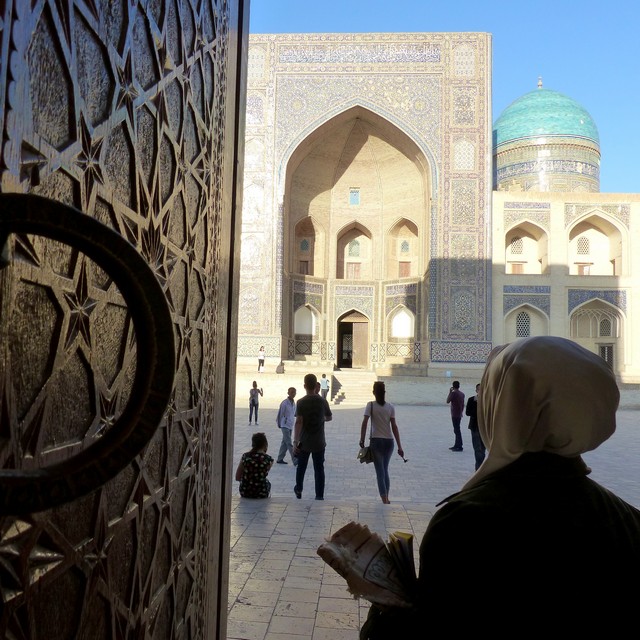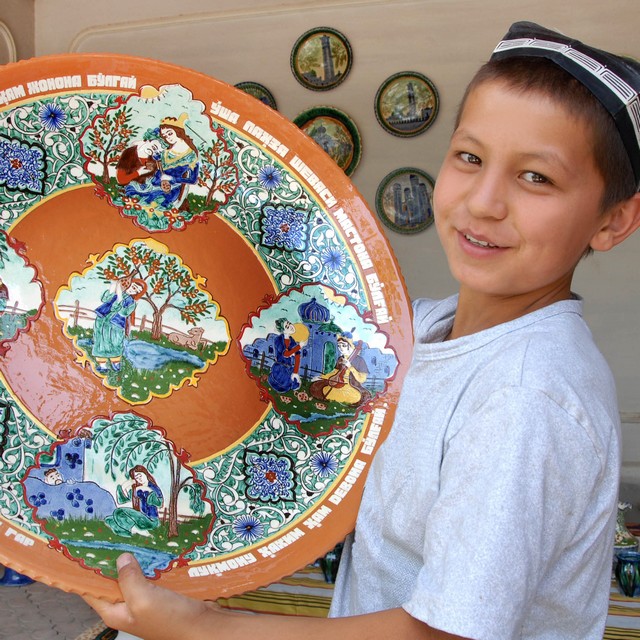
Uzbekistan Odyssey
Uzbekistan
Culture | Silk Road
Ancient cities, spell-binding architecture and stunning landscapes
£1,995 pp
This is the per person group tour price, based on 2 sharing. The price is subject to change with exchange rate and flight cost fluctuations.
11 days
2026:
04 April, 03 October
More
